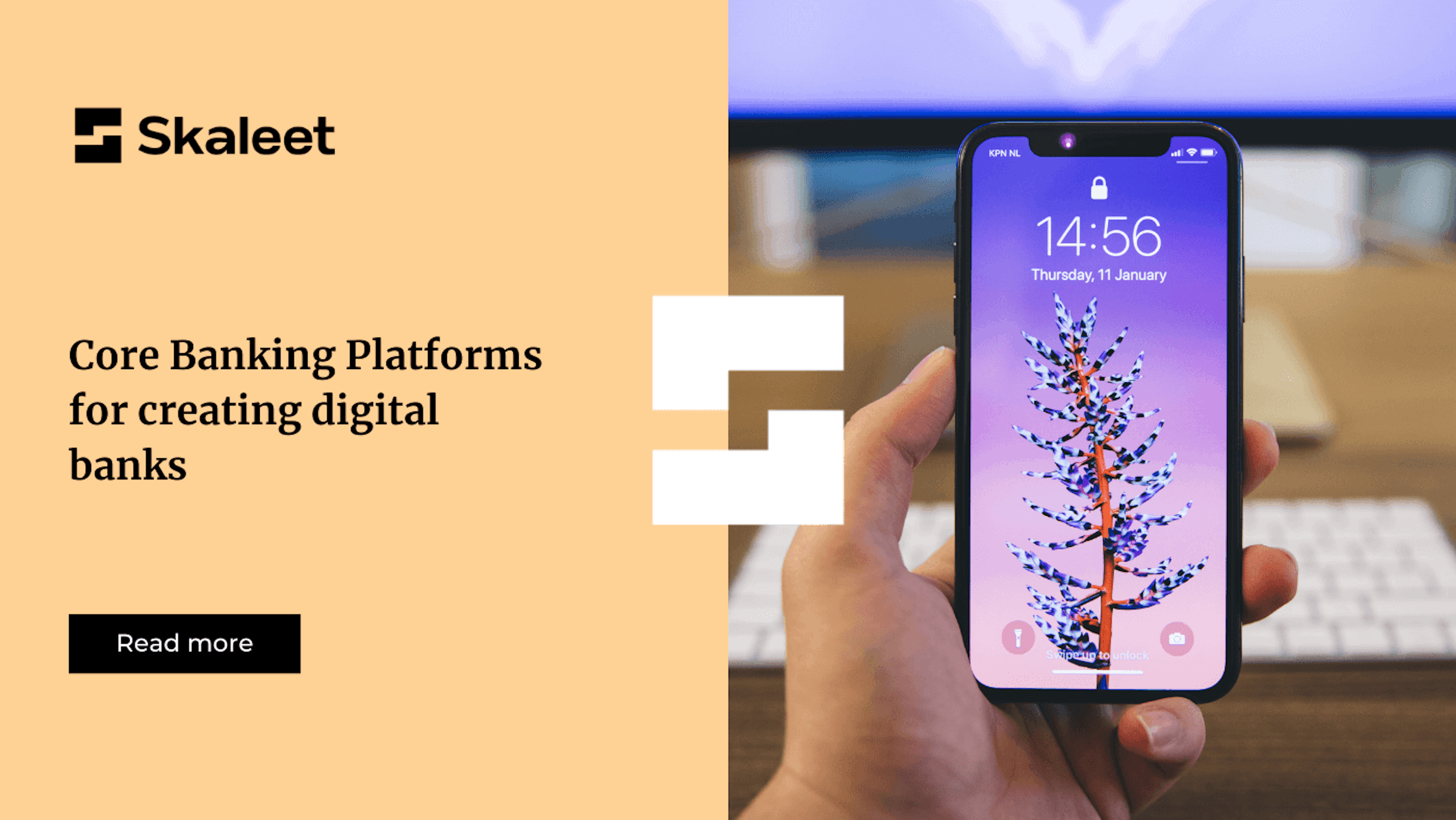The evolution of the retail banking market 📱
In the last few years, we have seen the proliferation of several exclusively digital banks around the world. While the first banks were created almost 150 years ago, it was not until the beginning of the millennium and the Internet revolution that a radical digital change began to operate. In the meantime, the financial crisis of 2009 has developed a lack of trust for traditional banks. Then regulations, such as the DSP1, opened up the retail banking market ... since 2012 and around the world, a plethora of digital banking initiatives have been launched:
- Greenfield projects where traditional banks have decided to create their digital bank.
- Mobile and digital banks (also known as challengers) that try to obtain banking licenses
- Neo-banks that do not hold a license but rely on technology partners.
A brief technological history of traditional banks
Most traditional banks started developing their Core Banking (or rely on historical technology vendors) 50 years ago, based on a monolithic construction and focused on product-oriented. With the evolutions of the last two decades, this kind of Core Banking System is no longer in line with the times and has to face several constraints:
- Architecture: Built-in a monolithic format and designed as a "Bank-in-a-Box", traditional bank architectures do not offer the flexibility to develop, test and deploy new solutions without causing bugs in other interconnected systems.
- Cloud: Traditionally conceived for on-premise deployments, these legacy Core Banking Systems cannot be created in the cloud, weakening the continuous and independent development of new features for end customers. It affects the scalability of the platform and impedes the implementation of a microservice-based architecture.
- Open Platforms: the standard CBSs were designed for organic growth. They have been shaped for a closed ecosystem specific to the bank. While new business models have emerged (Banking-as-a-Service and Banking-as-a-Platform), traditional banks now have APIs via their development portals but don't have the technical sophistication expected, as most Fintechs have encountered difficulties in "plug and play" at banks.
- Costs and delays of Time To Market: these old platforms do not correspond to the new methods of launching a digital bank, i.e. with much lower budgets. The minimum threshold and operational costs are traditionally very high and hard to reduce. Also, the monolithic design limits the adoption of agile methodologies, which affects time-to-market, and increases risk.
Building new generation platforms 👨💻
Today, most new digital banking initiatives prefer to either build their Core Banking Platform or go through new innovative players offering all the precepts of tomorrow's banking:
- Access to low code development toolboxes or platforms (Sandboxes)
- Access to qualified skills with knowledge of Fintech or banking businesses
- Open architectures, based on a microservices approach and Open APIsation
- Agility to develop, test, and deliver new features with Cloud
- Fast Time To Market and quick profits
The choices of exclusively digital banks
As trends show, traditional banks that head towards a Greenfield project, or any player that wish to create its digital bank, have two choices:
- Create its own Core. These brands, choosing this orientation, generally master the front-end issues and the customer experience. Afterward, they wish to focus on the back-end part, especially the Core Banking, and have to develop each piece of the Core Banking such as General Ledger, Compliance, Risk Management, Payments, or Regulatory Reporting. This process of building one's own Core Banking is a long and winding road, requiring a large number of developers, tests, and failures before arriving at a customized Core Banking that meets the challenges of digital banking (3 to 4 years). Companies such as Qonto, Nickel, or Starling Bank have chosen this strategy.
- Choose a Core Banking Platform. New players, such as Skaleet, now offer Core Banking Platform hosted in the cloud, modular thanks to APIs to create customized platforms according to customer needs. The Time To Market is much faster via the possibility to opt-in products or to develop new ones in a few months. Also, Total Cost Ownership (TCO) is reduced due to the absence of technical debt, fewer resources to launch your digital banking project, ease of customization and integration, as well as maintenance costs (MCO) thanks to process automation. It creates better customer relationships where customers are at the heart of your bank's design (customer-centricity) to design convenient and enjoyable customer experiences.
As digital banks increase, they will be faced with a strategic choice in their developments: developing their own Core Banking or adopting a partner's Core Banking Platform, such as Skaleet’s.


